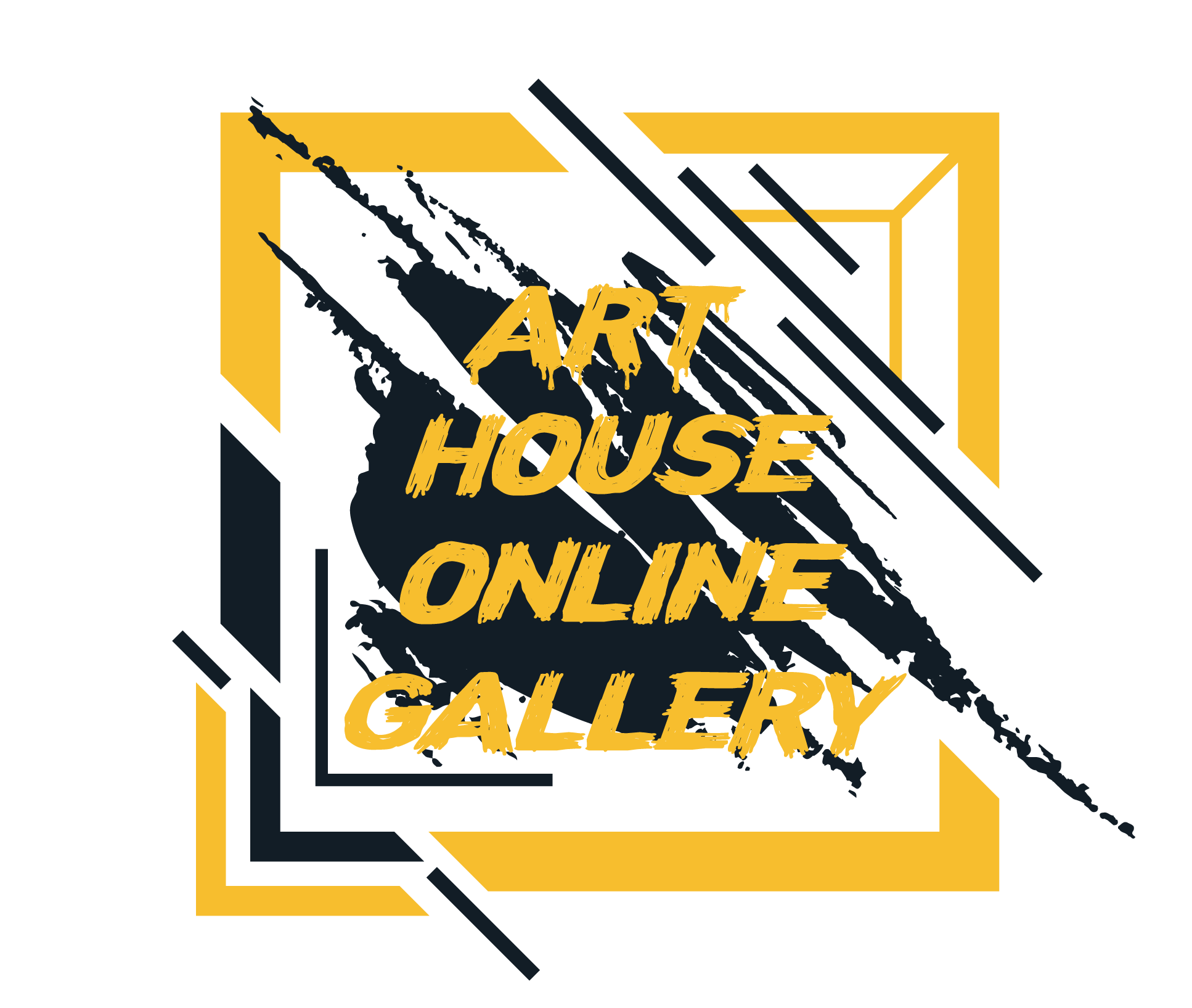Digital painting
Digital painting refers to the process of creating artwork using digital tools and techniques, often with the aid of a computer, graphics tablet, and specialized software such as Adobe Photoshop, Corel Painter, or Procreate. Here’s a general overview of the digital painting process:
- Sketching: Just like traditional painting, a digital painting often starts with a rough sketch to plan out the composition, proportions, and basic elements of the artwork. This can be done directly in the digital painting software using a stylus or graphics tablet.
- Blocking in Colors: Once the sketch is in place, the artist begins blocking in basic colors and shapes to establish the overall tonal values and mood of the piece. This stage is akin to underpainting in traditional painting.
- Detailing and Rendering: With the basic colors in place, the artist gradually adds details, texture, and lighting effects to enhance the realism or stylization of the artwork. This involves using various digital brushes and techniques to achieve desired effects, such as blending, smudging, or applying texture overlays.
- Refinement and Iteration: Digital painting allows for easy editing and experimentation. Artists can continuously refine their work by adjusting colors, shapes, and details until they achieve the desired result. Layers are often used to separate different elements of the painting, making it easier to edit and manipulate specific parts without affecting the rest of the artwork.
- Finishing Touches: Once the painting is nearing completion, artists add final touches such as highlights, shadows, and additional details to bring the artwork to life. This stage may also involve color adjustments, adding effects, or adding a signature.
Digital painting offers several advantages over traditional painting, including the ability to undo mistakes, work non-destructively, and easily experiment with different techniques and styles. Additionally, digital paintings can be easily shared, reproduced, and manipulated digitally, making them versatile for various applications such as illustration, concept art, animation, and digital media.

